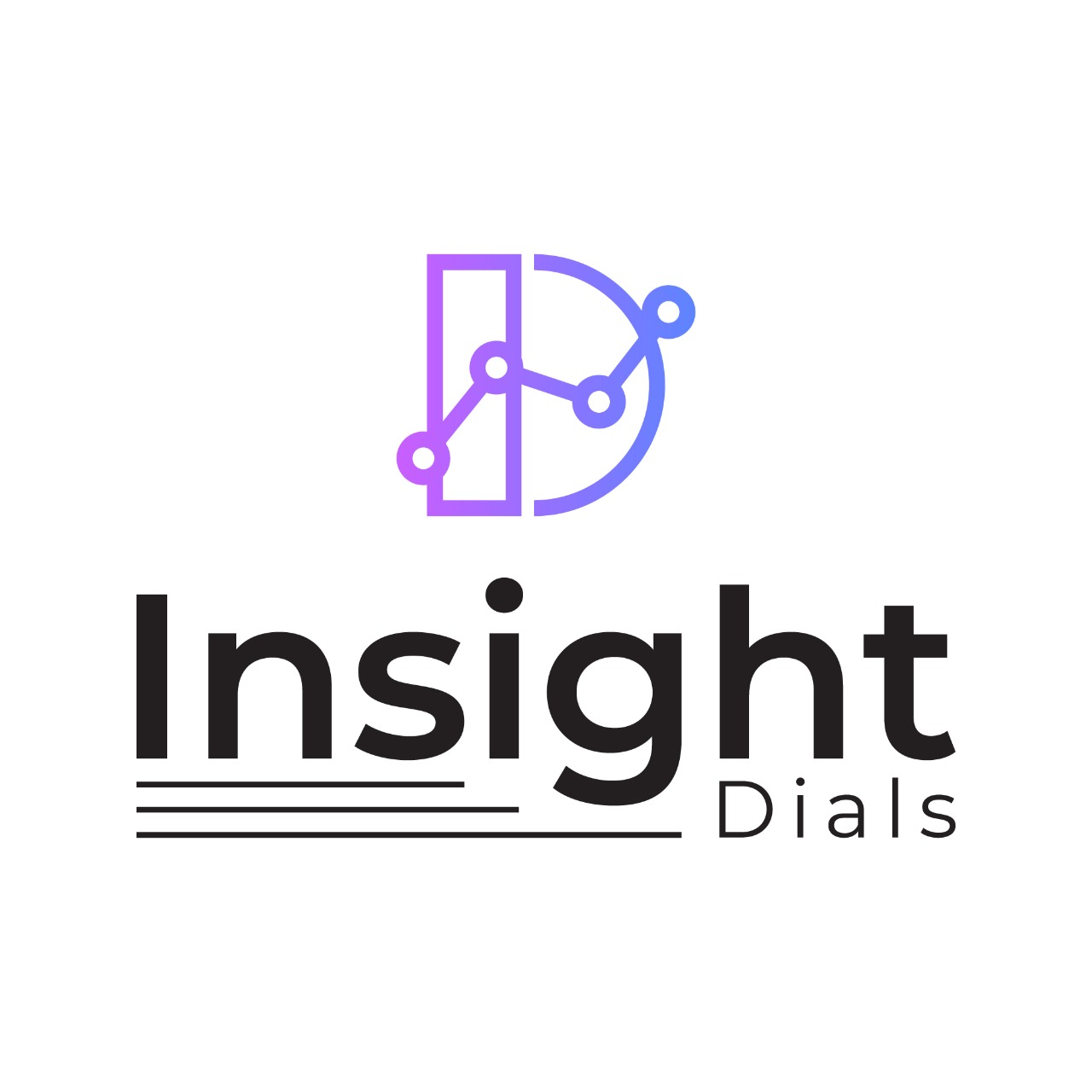
Subscription business models are built on the idea of selling a product or service in return for subscribers paying money, which might be monthly or yearly. After deciding to follow a subscription business, an organisation must make another decision: which subscription-based pricing model to adopt. These models are Flat rate, Tiered, Usage-based, Per-Added-Module and Per-User.
Pricing Models
Flat rate
It charges consumers a single payment for all of the service’s features. Each billing cycle, users are charged the same amount. It’s great for businesses with a small number of features and a single consumer persona. It is one of the easy to understand and explain subscription-based pricing models. The billing procedure is simpler and more regular, which simplifies accounts receivable and other accounting operations. However, Flat-rate pricing does not work well for subscription-based businesses because resource costs vary dramatically from one user to the next.
Example- Basecamp’s project management software is available for a fixed price
Tiered
The organization offers a flexible pricing range and packages with various features and product combinations. This allows businesses to divide their product and service prices according to certain target markets. Basic, standard, and premium tiers are the most common tiers. Firstly, It’s great for businesses with a lot of product features and a wide range of customers with different wants, budgets, and usage patterns. Secondly, this model is both adaptable and easy to use. By having several pricing points, you may cater to a variety of consumers. And also Increases the customer’s lifetime value by allowing them to upgrade or downgrade as their needs change. This model is very popular in Saas businesses.
Example- Graphic design software is priced on a tiered system, with higher plans providing more space, graphic possibilities, and features.
Usage-based
The usage-based approach is also known as a consumption model or pay-as-you-go. It is different from the other models since its price is more changeable. It is a method of directly relating a product’s cost to its amount of use. Usually consist of a base rate and an extra usage charge. Customers believe this approach to be the most flexible, but it is also the most difficult. It provides maximum flexibility to clients and attracts new customers with cheap fees.
Example- Oracle’s data integration platform
Per-Added-Module
Business prices the product depending on the features it provides to your clients under this approach. There is a “basic product” as well as the possibility to purchase modules for further capabilities at a greater cost. Companies that have modular features that can be readily added to their main product — and customers that enjoy the freedom to pick and choose whatever features they want.
Example- Customers can add software packages to their subscription in addition to the main CAD product, depending on their job and needs.
Per-User
A per-user pricing model charges your customers for each person who uses your product. The price scales according to the number of users which means the more people you have, the more you’ll charge. Per-active-user is a form of this model, in which you only charge for the number of people who actually use the product. This can satisfy the fears of a customer reviewing your goods for a wide group of employees.
Example- Power BI licencing and add-on
These were some of the Subscription-based pricing models but before you decide on the actual price tag that you’ll place on your SaaS product, you first need to choose a general pricing strategy. Then you can set SaaS fees for different subscriptions and tiers.

